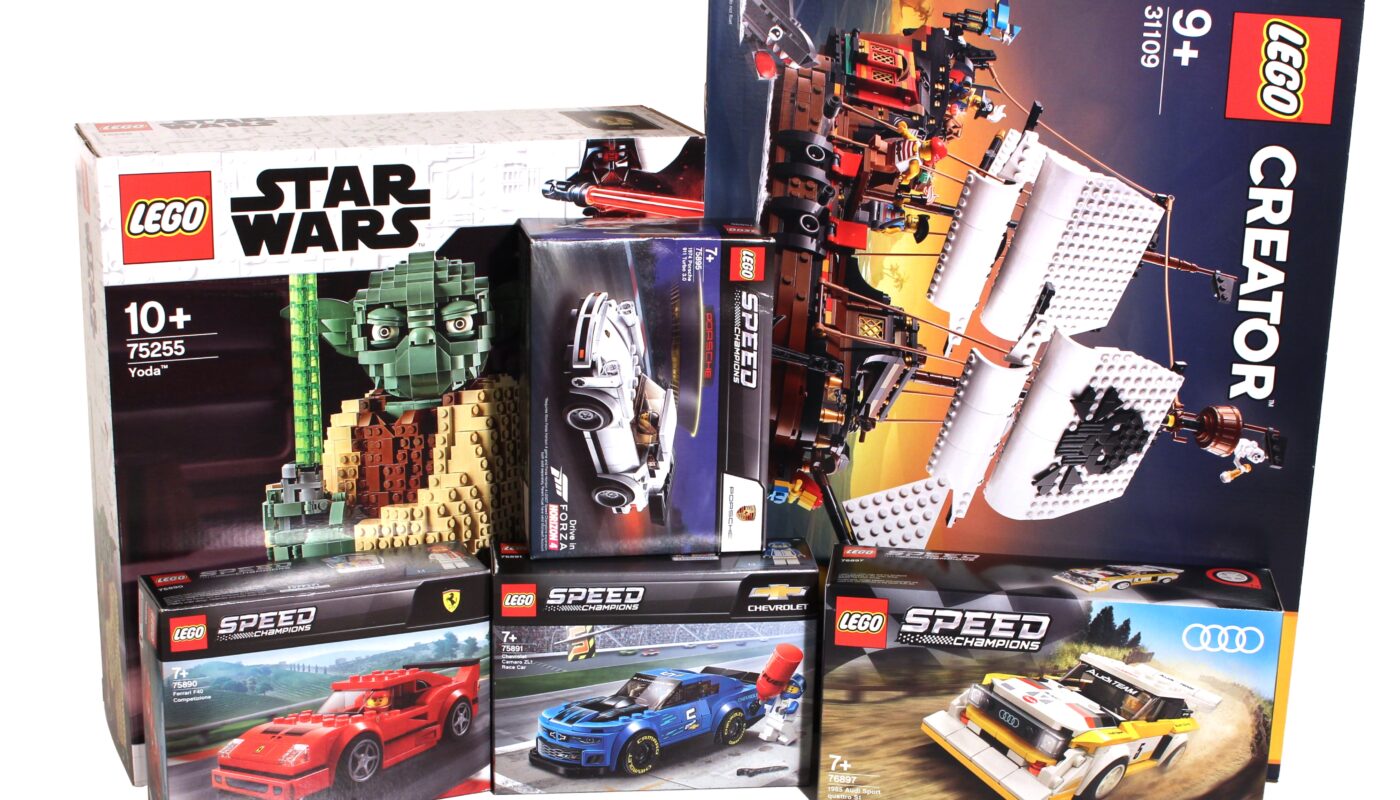Over the past few years, I have come across a number of companies in which I have invested or would like to invest. But not every company goes public and allows shareholders to participate in the success or failure of the company. One of them is the Danish toy manufacturer Lego. Even in my childhood, the company was omnipresent to me every day. I was a big fan of the sticky bricks, constantly assembling them into new creations or playing with large sets.
When it comes to my stock investments, I particularly like it when a company is not only doing well economically and offers excellent opportunities for the future, but also when it simultaneously manufactures products that I use and love myself. Although Lego had a tough time economically in the 2000s, it fought its way back because of its licensing business with big names and franchise programs such as Harry Potter, Star Wars and Nike, and is now a highly profitable company. Unfortunately, Lego is not a public company.
Purchase and sale of selected sets
To be able to share at least a little in the company’s successes, I therefore regularly buy Lego sets, which I store unopened and sell at a later date – preferably at a profit. This works because Lego regularly takes its sets off the market, reissues them, or replaces them with new content. For example, there were matching sets for the first Star Wars movies. In the meantime, however, sets for the Mandalorian series are much more in focus among customers, which is why Lego is constantly moving with the times and producing new sets.
In order not to blow up the assortment and not to burden the balance sheet with expensive storage and production costs, older sets are therefore regularly taken off the market. These can then be very sought after by collectors, because they are only available on the secondary market and the supply there is usually lower than at the time when Lego still produced the set.
Probably the best known example is the Millennium Falcon in the Ultimate Collector’s Edition of the Star Wars series. The spaceship came on the market in 2007 at a recommended retail price of 559.99 euros and changed hands in Las Vegas at a top price of around 15,000 U.S. dollars. But high returns were also possible on eBay with an unopened set. The online auction house generated proceeds of up to 7,300 euros, which corresponds to a price increase of almost 13 times.
Another example is the Imperial Star Destroyer from 2002, which is also a Star Wars set. This was launched on the market in 2002 and cost around 370 euros with 3,104 parts. Meanwhile, enthusiasts pay almost 4,000 euros for an unopened set.
Buy cheap, sell more expensive
But you don’t have to store your purchased sets for decades and hope that they will eventually change hands for several thousand euros. Even with smaller sets, a little perseverance and, above all, taking advantage of discount promotions, you can earn high markups on Lego sets and make about 50 to 70% return on investment. You buy a set with a collectible character or an exclusive minifigure at a discount and put it up for sale unopened after one or two years.
For certain sets and series, you can get at least the original selling price, but often much more. Especially the Speed Champions* with official licensing of Porsche, McLaren or Ford usually go quite well and usually cost only 15 to 30 euros to purchase. But Star Wars sets with exclusive outfits and weapons or unique components are also well suited for the buy-and-hold approach.
Make sure to take advantage of discount promotions
During the Black Week I have struck again and acquired one or the other set for my Lego depot. Among other things, I bought the current pirate ship from the Creator series*. I was able to buy this for 57.90 euros and thus almost 42 euros below the recommended retail price of Lego, which is 99.99 euros. However, the low price was not the only reason for my purchase: Lego will increase the MSRP of some sets by up to 20% next year. The pirate ship falls under this and will cost 119.99 euros from next year. Then I bought the set at almost half the price; every euro above that will bring additional return.
I was also able to buy another Star Wars spaceship with an exclusive mini-figure of Luke Skywalker* at half price, which I know will be discontinued and off the market at the end of the year. I will now put both sets in the closet for at least 15 months.
Don’t just buy blindly
But as with stocks, not every set – after it is taken off the market – will automatically go up in price. It can happen just as well that one remains sitting on it. Then at least you still have fun building it up. As with any investment, you need to research well, acquire knowledge, and diversify broadly by not putting all your Lego money on just one set.
A few helpful links on this I give every potential Lego investor for his Klemmbausteine depot on the way:
Keyfacts
- not every company is listed on the stock exchange
- but you can participate in the success through the products
- Lego sets can often be bought cheaply and sold more expensively
- collectible character, exclusive figures or bricks and licenses are important
- diversify broadly and research well







